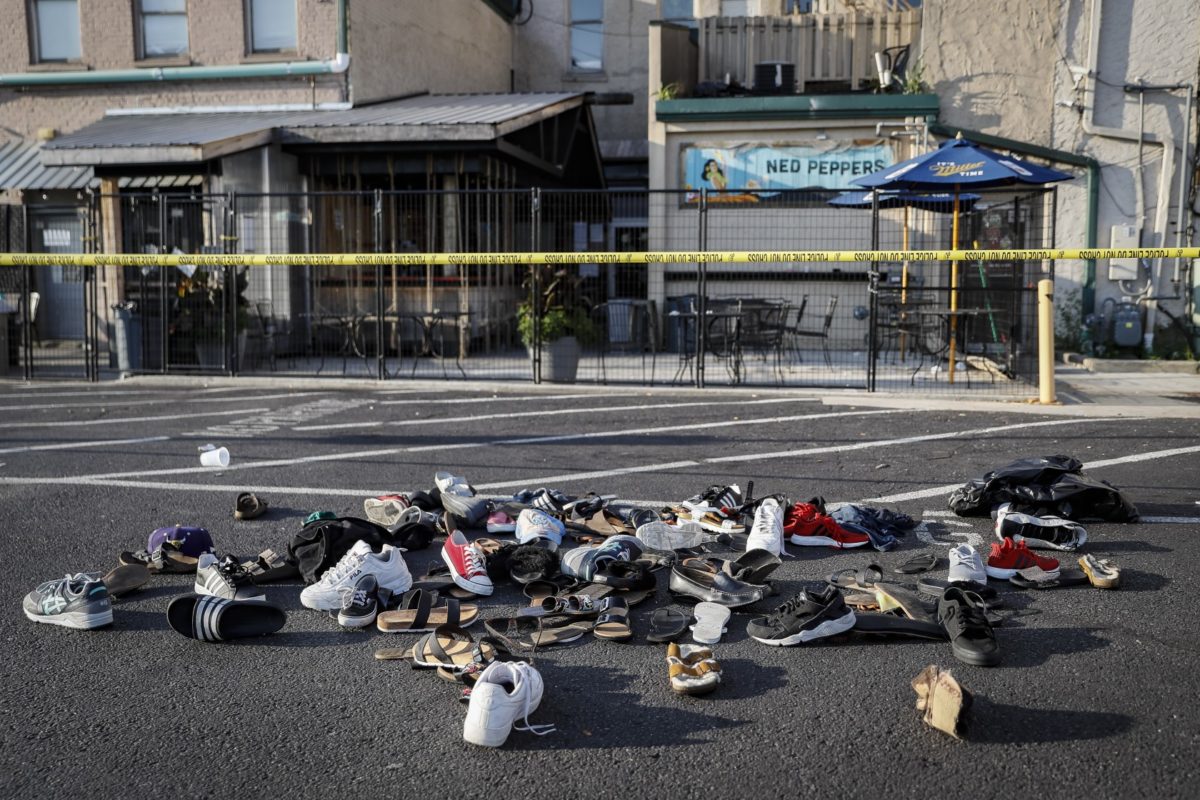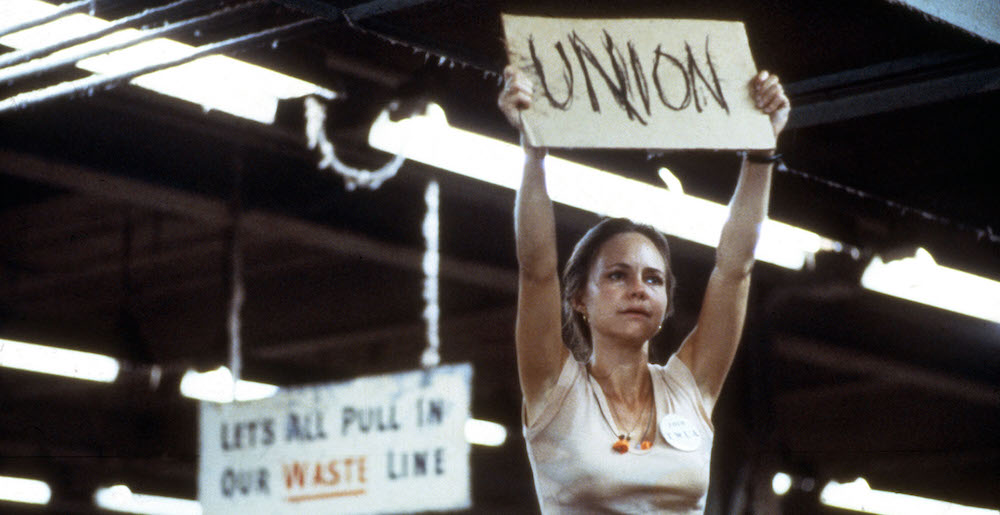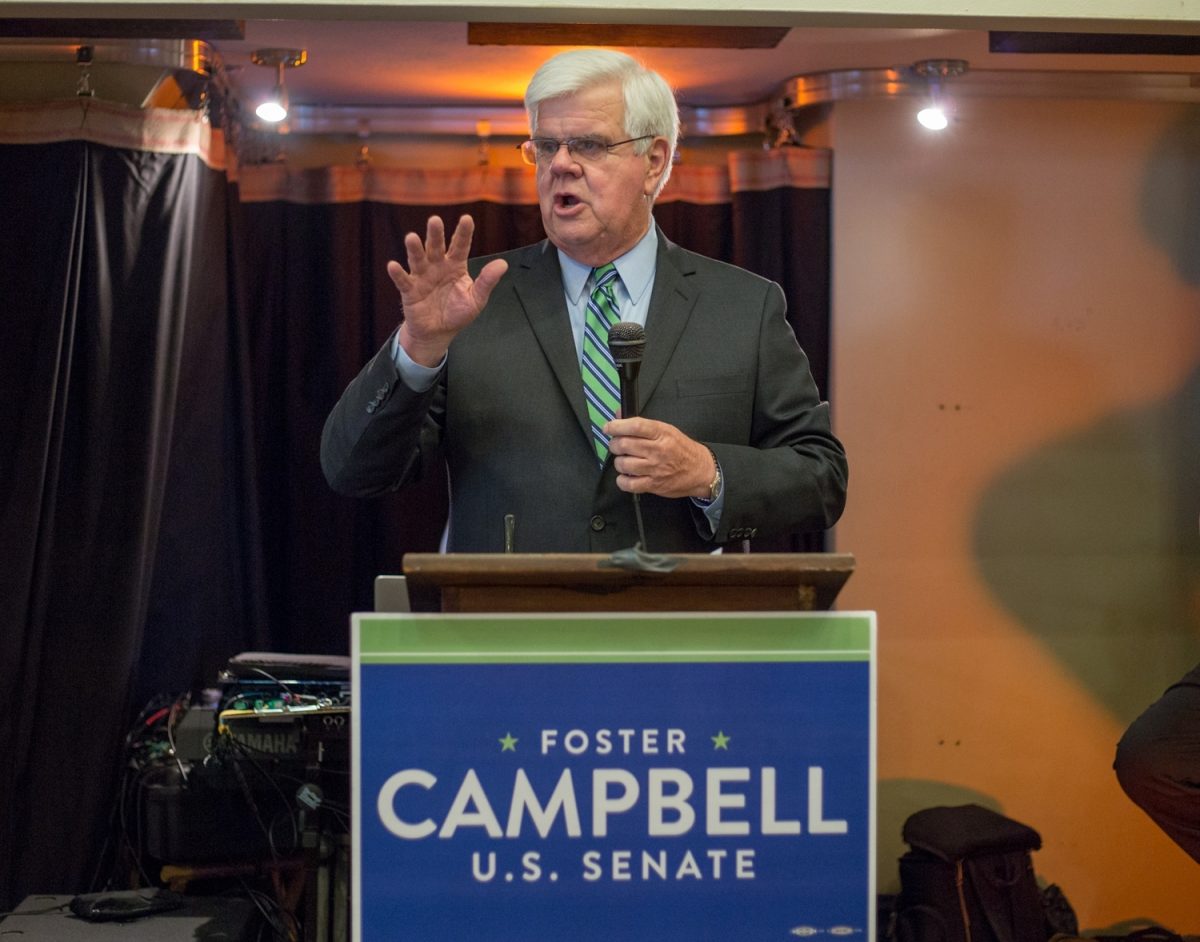58 dead in Las Vegas. 49 dead in Orlando. 26 dead in Sutherland Springs. 20 dead in El Paso (with ten more dead in Dayton about twelve hours later — and this was just last weekend). 17 dead in Stoneman Douglas High School. Do these figures even jolt you? Five mass shootings in the last three years. All five ranked within the top ten deadliest gun massacres in United States history. That’s more than the Haymarket Affair (11 dead), the Boston Massacre (5 dead), and the Marais des Cygnes violence (5 Free-Staters dead) that concluded the battle between pro-slavery ruffians and abolitionists just before the Civil War.
Even the Old West didn’t have these numbers, although the gun nuts will probably tell you that we should frame this within the context of weapons technology. Okay. Six miners striking in Colorado for worker’s rights were killed by machine guns on November 21, 1927. The Saint Valentine’s Day Massacre, a notable mob showdown dramatized in Some Like It Hot, killed seven. Not even Haun’s Mill, the infamous bloodbath in the 1838 Mormon War in Missouri, killed just nineteen.
Just nineteen. I really shouldn’t be saying that because nineteen people died. But “just nineteen” is a phrase you cleave to when you are bombarded nearly every day with another angering report of people at garlic festivals, in movie theaters, in churches and synagogues, in places that any of us could be spending our time having a nice day being murdered by a calculating shooter with an assault rifle and a obscenely prodigious magazine. The shooter often heeds the dog whistle of racism and white supremacy planted into his ears by a presidential administration and a dangerous right-wing party basking in the ghoulish glow of hatred and incitement while doing nothing to curb this needless violence, save for the usual “thoughts and prayers” that are as shallow and as superficial and as offensively belittling as a “Sorry for your loss” uttered to a grieving widow at a funeral. It doesn’t take away the needless absence of a vital figure in our lives. It cheapens the painful snap of a permanently lost human connection. Lives cut down in the distance and buried in the numbers. Human possibilities destroyed. A six year old boy in Gilroy just having a good time. Gone. How might these people have made our world better?
This is now a normal ritual in American life. And it shouldn’t be. The killing must continue to enrage us, sadden us, and spur us into action. The compassionless Republican monsters who sit pretty in seats purchased with NRA lobbying money and who refuse to act upon the cancer that plagues and dehumanizes this nation must be removed from office in the forthcoming elections — starting with the diseased and unpardonable “Moscow” Mitch McConnell, who has refused to allow Senators to vote on gun legislation that would at least represent a start to stopping this shameful epidemic.
But most importantly, we cannot become numb to this. This is not a time for vacuous water cooler talk in which we easily forget the latest shooting until the next one happens. We cannot allow ourselves to escape into the safe illusory womb of the phony American Dream suggesting that the massacres will stop by some divine serendipity. It is clear that the gun violence will continue. It is also clear that we’re likely to see even more devastating attacks as we continue to do nothing. As the people of Dayton mourned the nine people who died on Saturday night, Republican Ohio Governor Mike DeWine was received with the chants of people — Republicans and Democrats alike — shouting “Do something!” But a governor compromised by NRA influence cannot be trusted to ensure that the bare minimum legislation is passed. The Dayton protest demonstrated that gun violence is not a partisan issue, but a human one. The time has come to reject and eject any political figure who refuses to practice empathy, compassion, and measures that will make America a safer nation. They must be hounded and shamed at all times in public. Their voicemails must be flooded with protest calls. Their mailboxes must be dwarfed with epistles. Their offices must be occupied. Their operations must be shut down.
Because making their lives difficult appears to be the only way these people might understand how serious this issue is. We cannot become numb. We’ve fought back before in our long history. We can do it again. Action must begin now.


